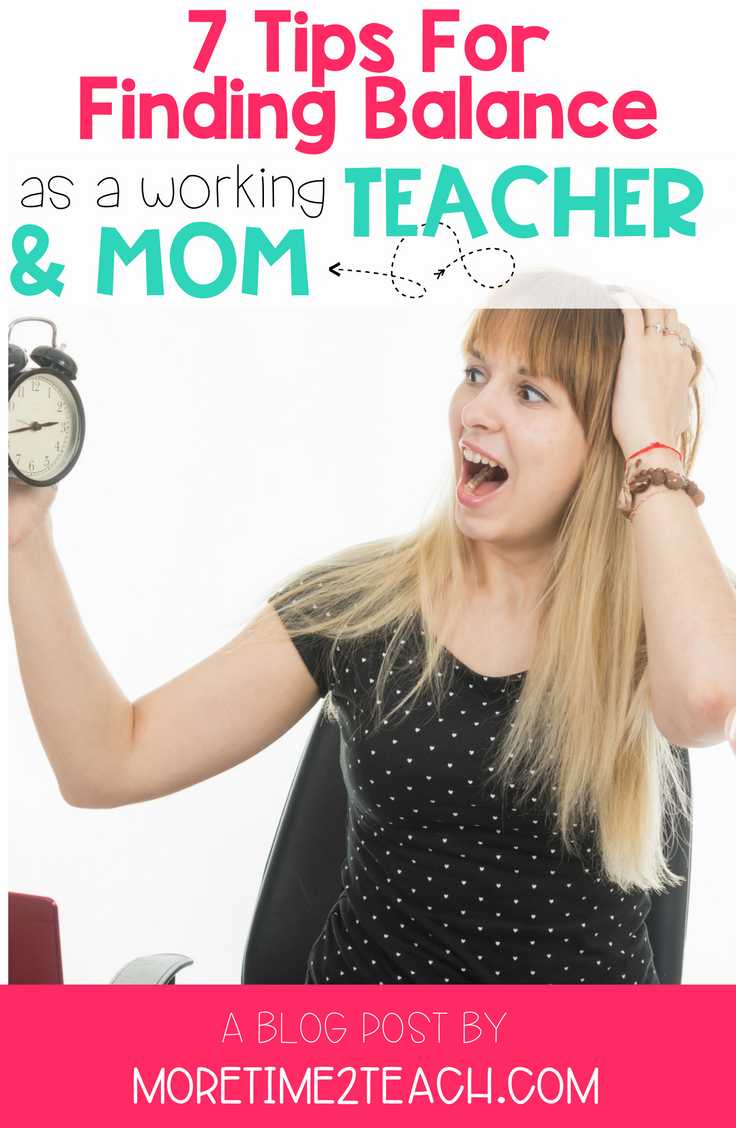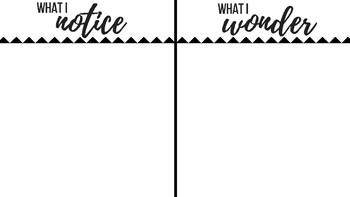I just wanted to take a moment and say- THANK YOU! What you do in a normal week for students is amazing, what you do the week before Christmas is ABOVE and BEYOND.
If you decide to do a little shopping over break don't forget about these discounts just for TEACHERS!
Thank you Static Parade for putting them together!
Ideas for relaxing over break!
1. Make homemade hot cocoa and snuggle up with a good book! Click image for a recipe from Living Well!
2. Make a chunky hand knitted blanket for you or as a gift! From Instructable.com
3. Start the 30 Day Yoga Journey with Adriene!
Sign up for 30 days of FREE YOGA!
5. Random Acts of Kindness
6. Read some new BLOGS!
7. Check out FREE Events around Mooresville!
8. Binge watch a new series on Netflix! Click the image to read a list of must-see shows!
Enjoy your much-deserved break! See you in 2020!







/cdn.vox-cdn.com/assets/755523/netflix-logo-705px.png)

































